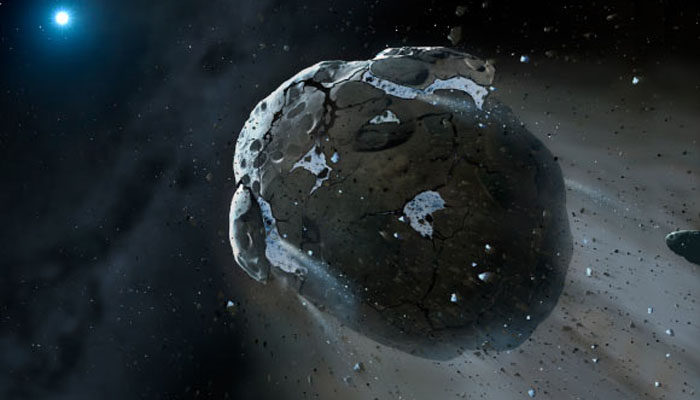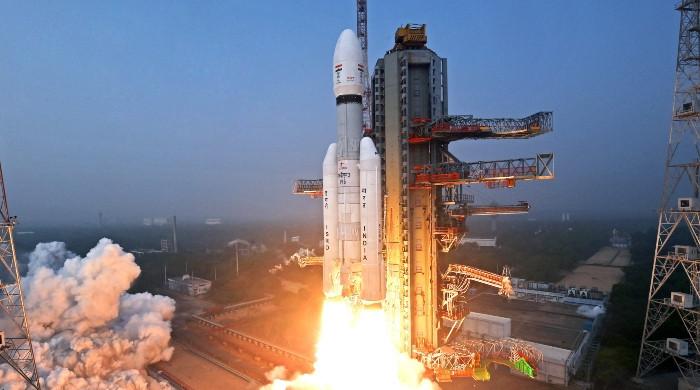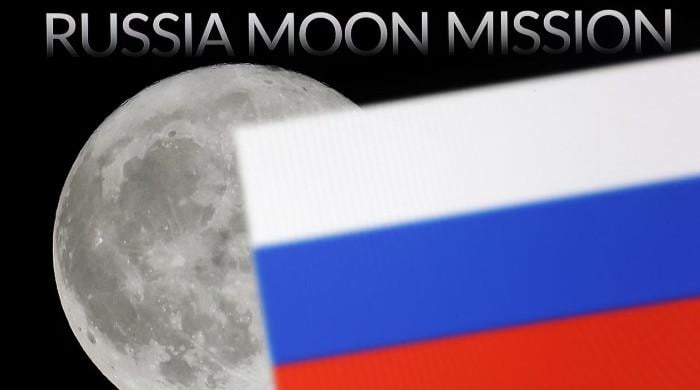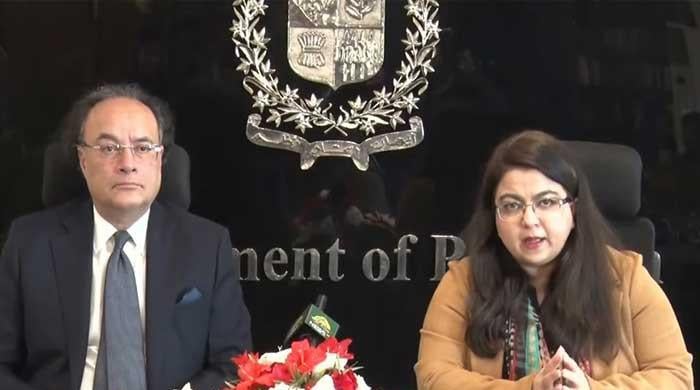In first, water discovered on surface of asteroids
Astronomers have successfully found water molecules on asteroid belt between Mars-Jupiter, Iris-Massalia
February 17, 2024

For the first time, water molecules have been found on the surface of an asteroid, demonstrating that these space objects are more than just dried-up leftovers of the solar system's birth.
Finding evidence of water on asteroids could support the notion put forth by astronomers that the impact of asteroids striking our planet may have contributed to the delivery of water and other elements to early Earth as per a recent study, reported CNN.
The information was gathered via an apparatus on the now-retired aerial telescope known as the Stratospheric Observatory for Infrared Astronomy. The infrared telescope, known as Sofia, was carried by a Boeing 747SP that had been altered to allow it to pass through the stratosphere, which covers 99% of Earth's atmosphere and shuts off infrared radiation.
Water molecules have been found on two asteroids in the main asteroid belt between the orbits of Mars and Jupiter, Iris and Massalia, by astronomers using the Faint Object infraRed CAmera for the Sofia Telescope, or FORCAST instrument. Each is far from the sun by more than 223.1 million kilometres.
The Planetary Science Journal published the findings on Monday.
Astronomers were inspired to use Sofia to study asteroids after the telescope spotted evidence of water on the moon, said lead study author Dr Anicia Arredondo, research scientist at the Southwest Research Institute in San Antonio.
Evidence of hydration had been found on the two asteroids previously by study coauthor Dr Maggie McAdam, research scientist at Nasa’s Ames Research Centre in Mountain View, California, while using a different telescope. But researchers weren’t sure whether water or another molecular compound such as hydroxyl caused the hydration, Arredondo said.
“Our new observations with SOFIA definitively said that what they saw was indeed water,” Arredondo said. “But these objects are part of the S-class of asteroids, which means they are mostly made of silicates, and up until Dr McAdam’s results, they were assumed to be completely dry.”
According to Arredondo, the amount of water the team found was about the same as a 12-ounce bottle of water trapped inside a cubic metre of earth, which is close to Sofia's moon finding. 2020 saw the detection of water molecules by the telescope in one of the biggest craters on the southern hemisphere of the moon.









